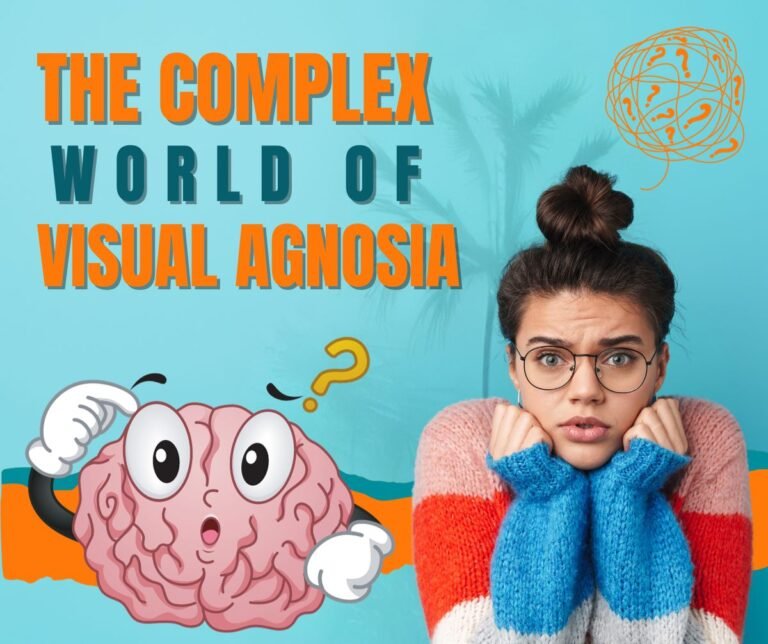
Visual agnosia is a fascinating and complex condition that affects the way individuals perceive the world around them. It’s not about losing sight, but rather, losing the ability to make sense of what the eyes see.

The Intriguing Puzzle of Visual Agnosia
Imagine looking at a familiar object like a key and not being able to recognize it, even though your eyes are working perfectly fine. That’s the bewildering reality for those living with visual agnosia.
It occurs when there’s damage to specific parts of the brain responsible for processing visual information. People with this condition can see objects, but they struggle to interpret, recognize, and make sense of what they are seeing. The brain and the eyes are no longer on speaking terms, so to speak.
There are two main types of visual agnosia: apperceptive and associative. Apperceptive agnosia leaves individuals unable to identify shapes and objects, making even the most basic pattern recognition a challenge.
On the other hand, associative agnosia allows for basic perception but severs the link between what is seen and the individual’s knowledge of that object.
Living with visual agnosia is like navigating a maze without a map. Symptoms include difficulty recognizing familiar faces, objects, or shapes, and challenges in distinguishing objects from their surroundings.
For those with associative agnosia, they might be able to describe an object but unable to name it. While there’s no cure for visual agnosia, various strategies and therapies can help manage the condition.

Occupational therapy plays a crucial role, in assisting individuals in developing compensatory strategies to improve daily functioning. Furthermore, technological aids such as text-to-speech software can provide invaluable support.
Understanding visual agnosia is like peeling back the layers of a complex puzzle. It’s a journey that demands patience, empathy, and a deep dive into the intricate workings of the human brain.
By fostering awareness and investing in research, we can continue to unravel the mysteries of this condition, providing hope and support to those affected.
Remember, the world of visual agnosia is complex, but with the right knowledge and resources, navigating it becomes a journey of discovery rather than a path of confusion.